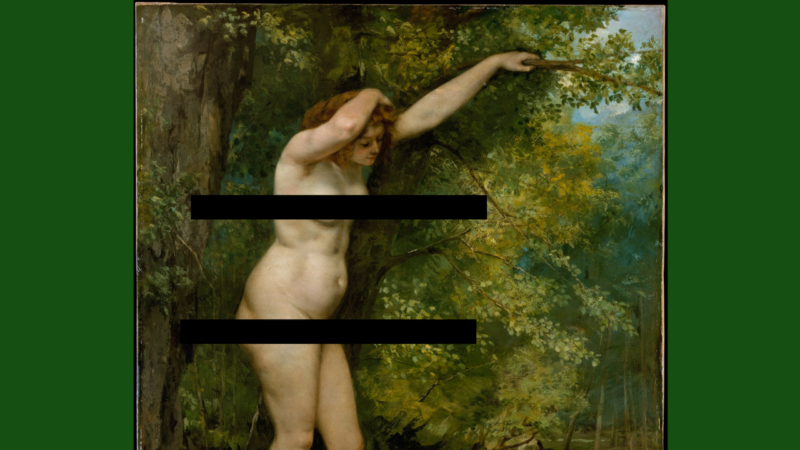Why does music and, to a greater degree art resonate so profoundly with us? In turn, why are certain groups and individuals compelled to react with outrage in response to what an artist expresses? In order to even begin approaching such questions, we must first examine the role art plays in our society.
As far as scientists can gather, every culture across the world shares this mysterious bond with art. Virtually every form of art that human beings create and interact with has the power to elicit emotions from across the spectrum. Because what constitutes art is so difficult to define, there are often differing opinions as to whether a product technically is or isn’t art.
The late great Roger Ebert famously caught heat when he stated that “video games can never be art”. His assertion garnered an immense amount of backlash, with critics of Ebert largely accusing his thinking of being narrow and short-sighted. In 2015, Shia Labeouf live-streamed himself sitting in a theater reacting to every one of his movies. While not art in the traditional sense, these acts of “performance art” are seen by many to be just as valid as a Monet painting or a Mozart symphony.
On the topic of outrage in response to an artist and his or her work, there are a number of factors to unpack and examine. A phrase that often gets tossed around is “can you separate an artist from his art.”
Mel Gibson, Roman Polanski and Bill Cosby are only a few myriad figures who, despite contributing some of the most iconic and many times thought-provoking pieces of creative expression, have made choices in their personal life that sabotaged the image they once held in the public and/or the industry they inhabited. When these people screw up, their fall from grace is much more pronounced for a number of reasons than the average, amateur artist or regular person.
The first of these reasons is the obvious fact that once these artists become famous, the details of their personal life are put under a microscope and heavily scrutinized.
The second reason is that people become incredibly attached to an artist and his or her work. Therefore, when it is revealed that said figure is not the person they once imagined them to be, they feel personally betrayed.
When a young Jewish child, for example, spends her childhood looking up to her favorite author and idol Roald Dahl, it is likely to come as a great shock and tragedy when she learns that Dahl was once quoted as saying “I am certainly anti-Israel, and I have become anti-Semitic.”
Finally, there is an idea which people hold that these artists hold an immense amount of power and influence in popular culture. When NWA released the song “F*** Tha Police*” in 1988, many were concerned about the ramifications for allowing such a violent message to be broadcasted. When Spike Lee released “Do the Right Thing” in 1989, critics remarked that the film may incite riots.
If the current state of technology and social media has taught us anything, it’s that artists and celebrities are just people. It just so happens, by whatever combination of chance and circumstance, that artist has the spotlight put upon them.
The idea that these people should reflect the same worldview or set of morals as our own is preposterous. Not only that, but consider the fact that social norms are by no means static. 60 years ago, actress Lucille Ball was prohibited from using the word “pregnant” on television, as doing so was considered indecent.
Today, shows like “The Walking Dead” and “Game of Thrones” dominate ratings, and these shows are certainly indecent. Part of what makes so many works of art compelling or beautiful is the imperfections and ugliness of the artist and their creation. In this way, art reflects who we are as human beings: imperfect, ugly and artistic.







